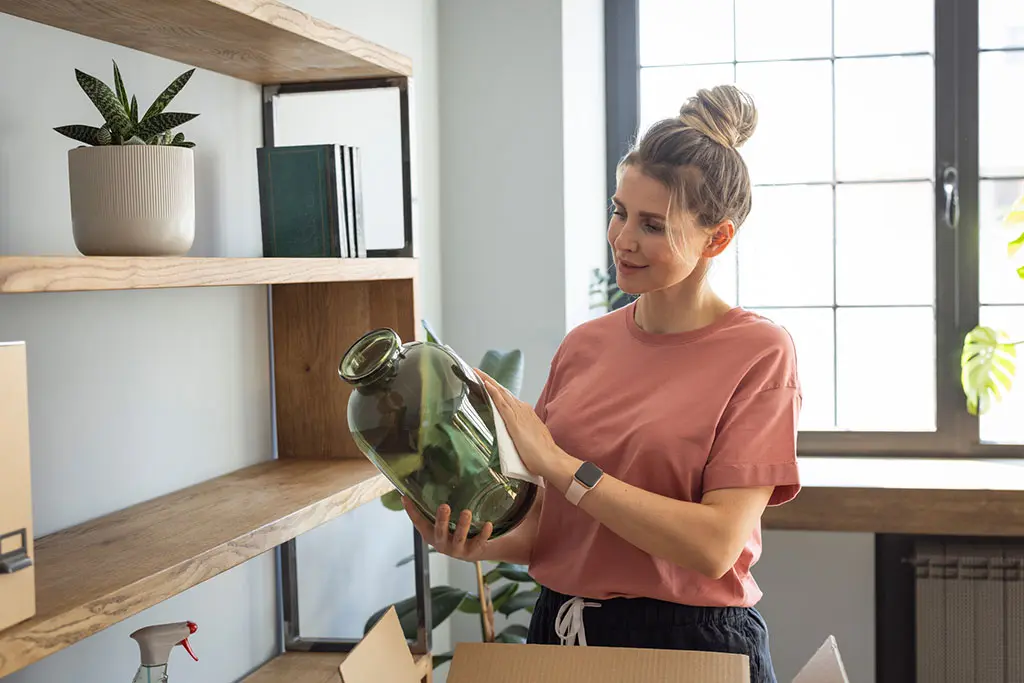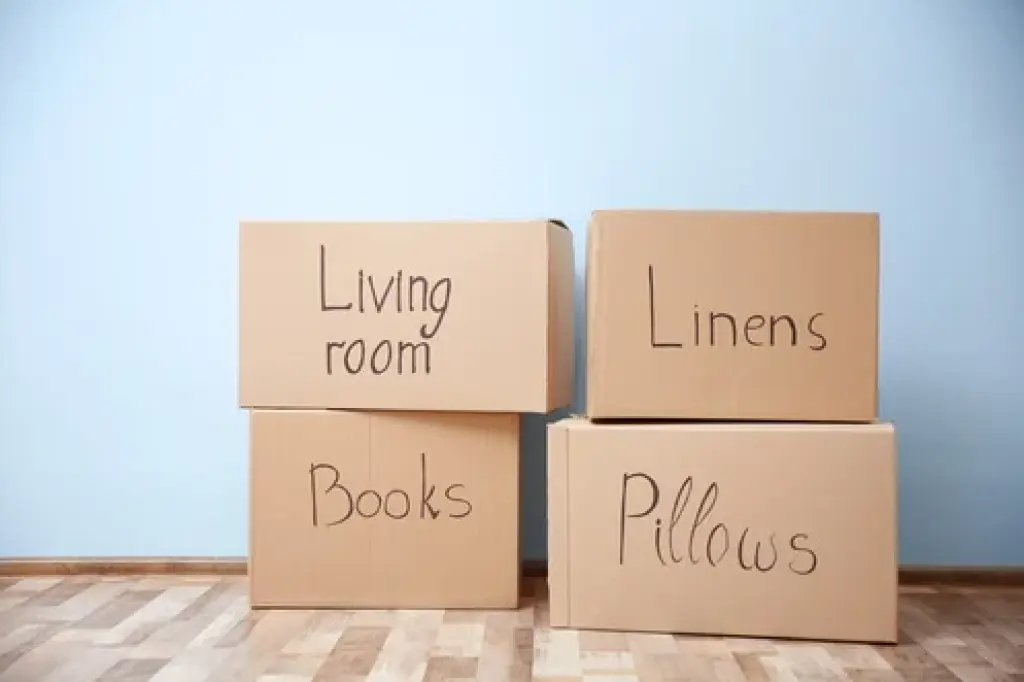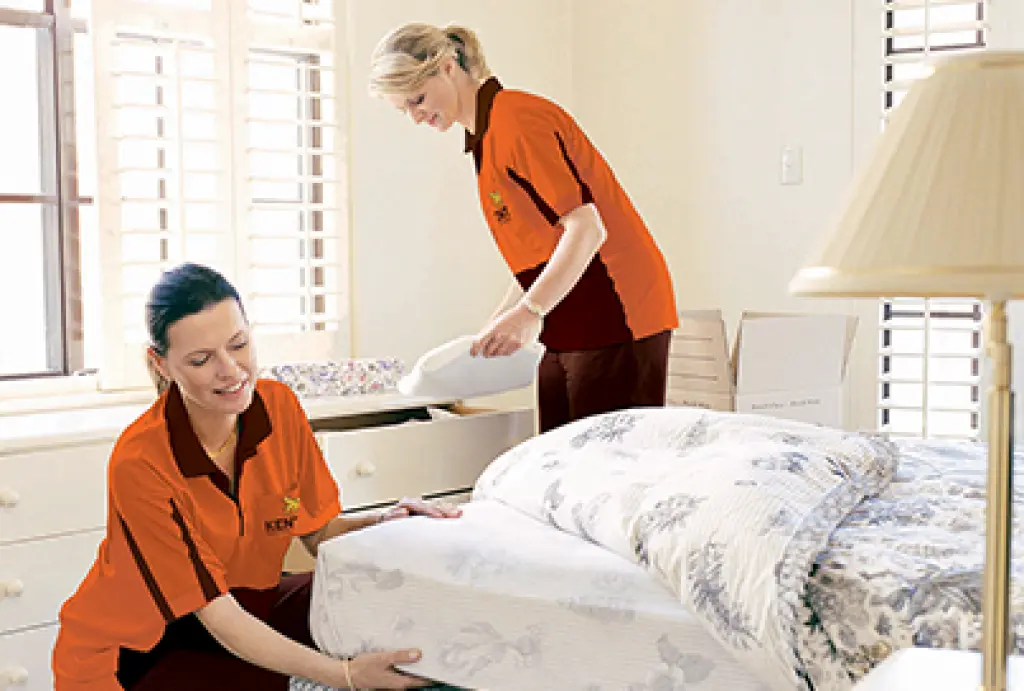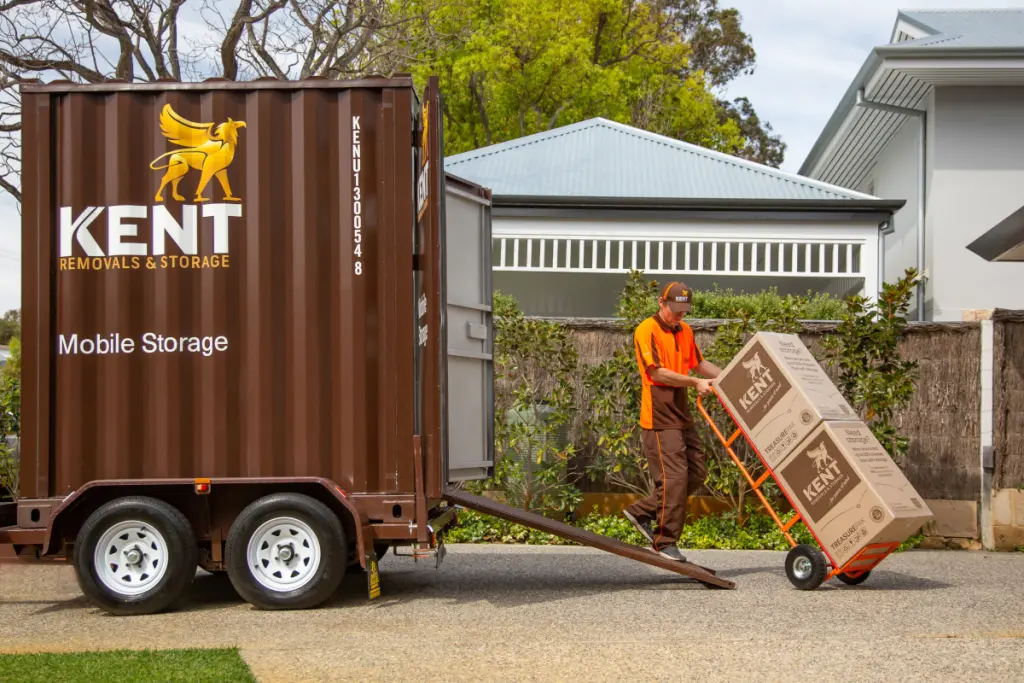Moving offices when relocating your business can be a tricky endeavour, especially if you have a lot of equipment that you need to move. For example. An SME with a smaller workforce might find that moving offices can be significantly easier than a larger business with more employees simply because there will be less furniture and equipment to move. As such, moving a large number of items is likely difficult to move on your own so it could be worth asking your workforce to see if they’re willing to help. However, the last thing you would want is for someone from your workforce getting injured, so for peace of mind, it may be a better option to hire a fully trained and experienced removal specialist to handle the move for you.
How To Move Offices
Step 1: Find the original packaging / Buy new packaging
Step 2: Disconnect all electrical equipment
Step 3: Pack all loose items together and label box
Step 4: Bubble wrap electrical and fragile equipment
Step 5: Pack electrical and fragile equipment
Step 6: Clean and dismantle furniture items
Step 7: Load the moving vehicle carefully
Step 8: Too hard? Contact the professionals
Step 1: Find the original packaging / Buy new packaging
To begin with, you should try to find the original packaging for any electrical items such as computers and monitors so you don’t need to purchase new packaging for them. However, if you’re unable to find them then you should purchase some high-quality packing materials and supplies that will protect your equipment during the move.
Step 2: Disconnect all electrical equipment
Ensure that all electrical equipment is disconnected from the mains power socket before moving. If the power cord is connected to the electrical item then be sure to unplug it before packing, but if you’re unable to disconnect this then wrap the cord up and use a cable tie to secure.
Step 3: Pack all loose items together and label box
Pack all loose items, such as desktop accessories and computer peripherals in a box together, before sealing and labelling the box using a permanent marker. Ensure to group items together so each box is filled with the same things. Try to pack the boxes in a logical fashion and pad out with some bubble wrap or packing paper to protect them from damage.
Step 4: Bubble wrap electrical and fragile equipment
Take out a large piece of bubble wrap and begin to fold over your electrical items, ensuring to cover all areas and use some packing tape to fix the bubble wrap around the item. For items that would be costly to replace, it could be a good idea to use a second layer of bubble wrap for added protection.
Step 5: Pack electrical and fragile equipment
When packing electrical and fragile equipment, be sure to allow for plenty of space and try not to overpack the boxes as this will increase the chances of accidental damage. Once you have added the items into the boxes, you should pad them out with bubble wrap or packing paper for increased protection. Next, seal the boxes and secure the bottom using packing tape, before labelling with a marker pen.
Step 6: Clean and dismantle furniture items
Use a wet cloth and cleaning spray to ensure all furniture items; such as desks, tables, and chairs, are clean before attempting to dismantle them ready for packing. If you have the assembly/disassembly instructions still then you should abide by the steps contained for safe dismantling. However, if not, then use the correct tool (screwdriver, wrench etc.) to take the item apart piece by piece and carefully break the item down into smaller pieces. Once you have dismantled them, ensure to keep all small loose parts in a safe place and secure any larger parts together, that will make them easier to pack into the moving vehicle.
Step 7: Load the moving vehicle carefully
When loading the moving vehicle, start with heavier and larger items first so that you can rest other boxes or items on top of them afterwards. When lifting heavier or larger items you should always seek assistance from another person to make it easier and prevent injury. However, if you’re resigned to having to lift it by yourself, then ensure to follow proper manual handling techniques and try to slide items along the floor when you can too. Once you have loaded heavier items into the vehicle, place any boxes you have on top of sturdy furniture items and try to organise them to prevent movement during transit.
Step 8: Too hard? Seek professional help
Depending on the size of the office you’re moving from and how many items you’re needing to move, moving offices can be really difficult if you need to move it just by yourself. Because of this, you should try to seek help from other people when moving or ask your employees to assist too. However, if you’re unable to do so or you’d rather not strain yourself or your workforce, then you should call a professional removals company as they’ll have trained professionals with plenty of experience in helping you to move offices.







